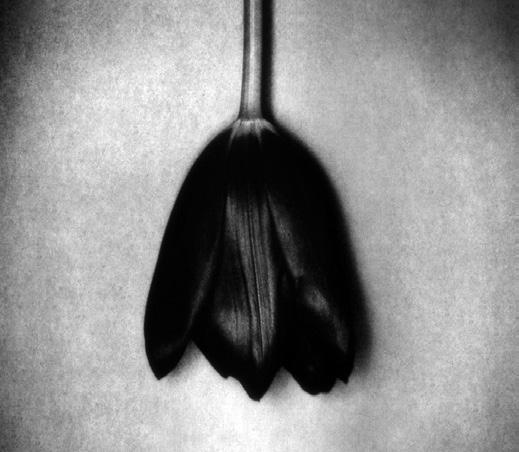Aegis 2011
86
Book Review >>> Hannah Biggs
At Home: A Short History of Private Life Bill Bryson. New York: Doubleday, 2010. 497 pp.
For anyone familiar with Bill Bryson’s witty humor, this book is not one to disappoint. His latest book, At Home: A Short History of Private Life, follows the same writing style Bryson has so creatively developed in his previous books—especially in his most well-known work, the nonfiction travel literature piece, A Walk in the Woods. At Home’s language is intelligent, witty, and eloquent. With lines like, “Suddenly, George Washington and Thomas Jefferson come across as having the decorative instincts of hippies,” this book once again asserts Bryson’s place as a comical, fascinating author (318). However, this approximately 500-page book is not for the faint-of-heart. Its premise is deep-seated in historical facts and trivia; in fact, history directs the entire course of the book. At Home takes the reader from room to room of a typical home and discusses the history, both its comedic and dark sides, behind each room of the house and the items each room might contain. The book is ‘chock full’ of unique trivia - some fascinating and worthy to be put in your bag of trivia knowledge to pull out at the occasional dinner party. For instance, Bryson teaches us in “The Bedroom” chapter that the term ‘sleep tight’ stems from the idea that old support systems for mattresses “[were] on a lattice of ropes, which could be tightened with a key when they began to sag” (321). Or, in a chapter entitled “The Passage,” we learn that Thomas Edison, commonly known for his invention of the light bulb, had a fascination with concrete, and “his abiding dream was to fill the world with concrete houses” (223). Other bits are disturbing and make the reader look at the common American home in a completely new light. In “The Study,” Bryson informs us that still today, “hygiene regulations in most places allow up to two [mouse] fecal pellets per pint of grain – a thought to bear in mind next time you look at a loaf of whole grain bread” (240). Or, we learn from the aptly-named chapter “The Stairs” that “even on the most conservative calculations…, stairs rank as the second most common cause of death, well behind car accidents, but far ahead of drownings, burns, and other similarly grim misfortunes” (309). Bryson has taken a unique approach to the history of the home, and invites his reader into the tantalizing, interesting, yet sometimes dry details of the home and the common household items it contains. At Home does not resemble a conventional piece of literature. Rather, it is a conglomeration of historical facts, all strewn together only by the organization of the common home. Bryson takes the reader through his own home, a “former Church of England rectory” in Norfolk (1). Unlike what the book’s introduction suggests, Bryson instead spends a lot of time discussing the history of Norfolk, England rather than the actual, physical house. He discusses historical facts that have vague connections to the actual rooms of the home,




